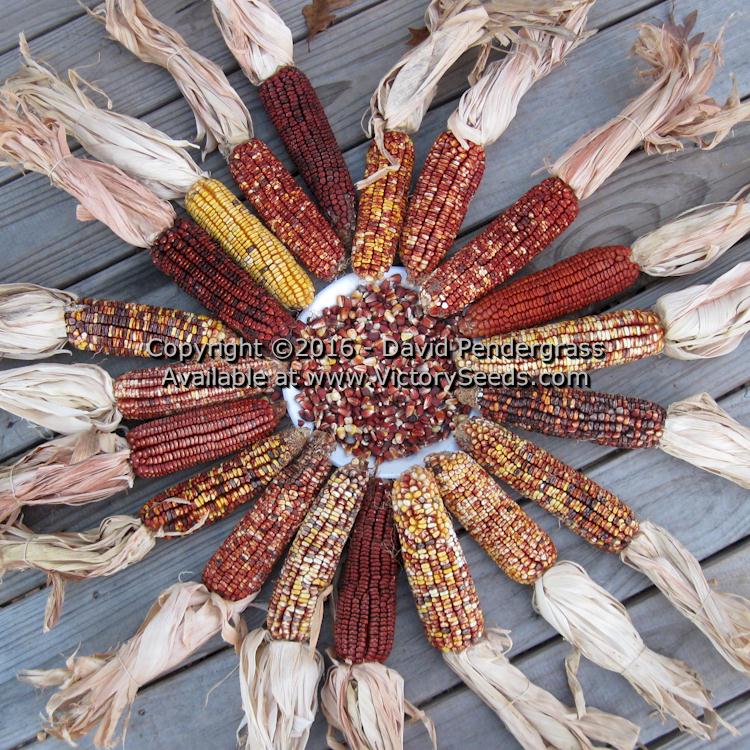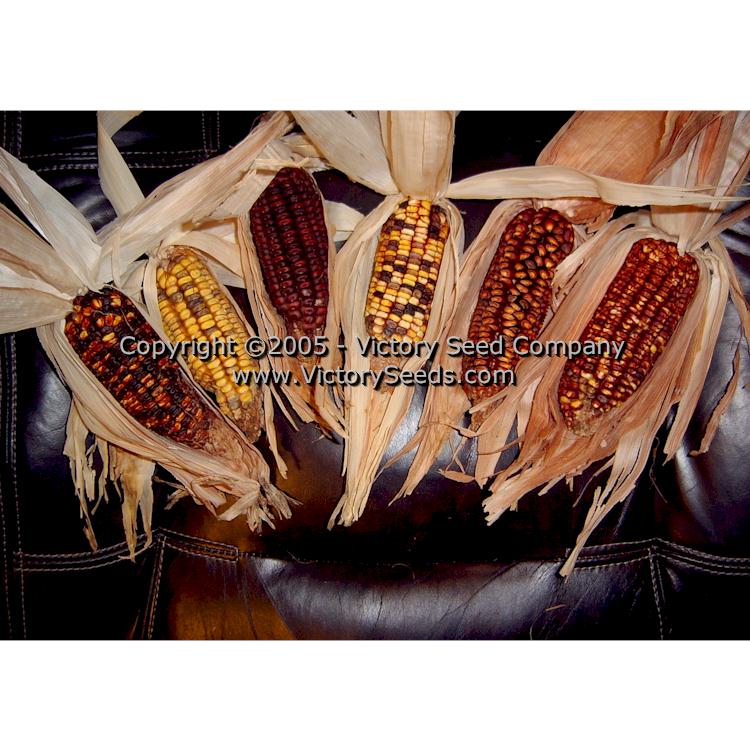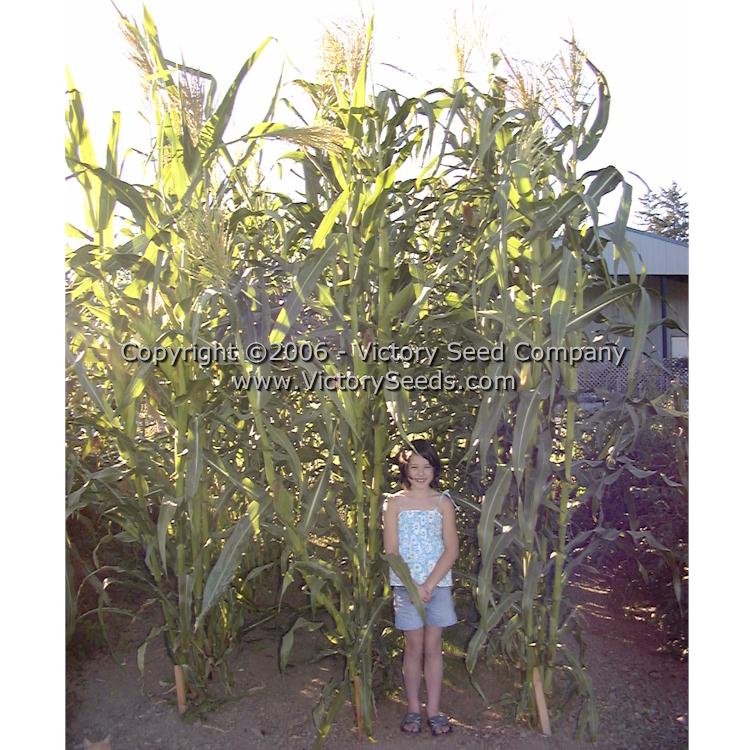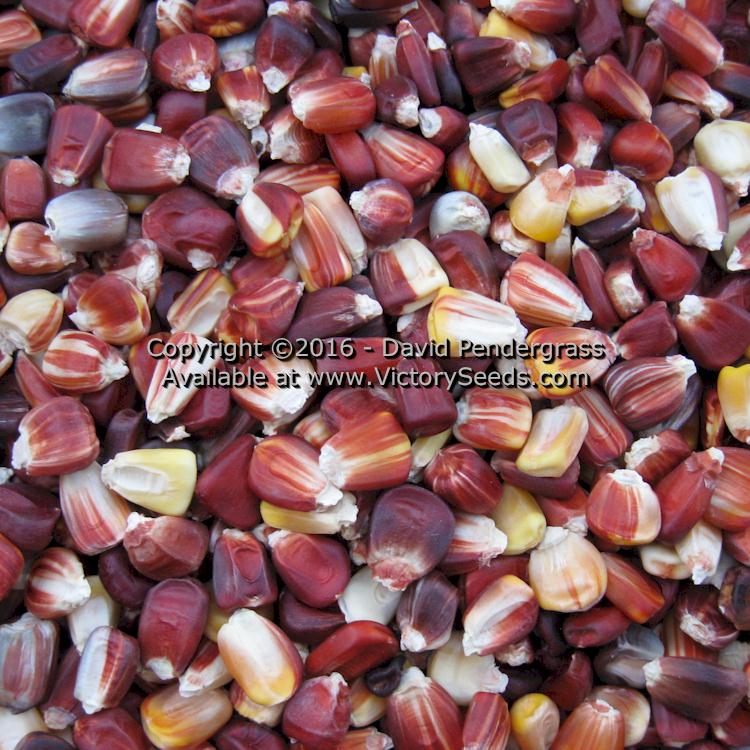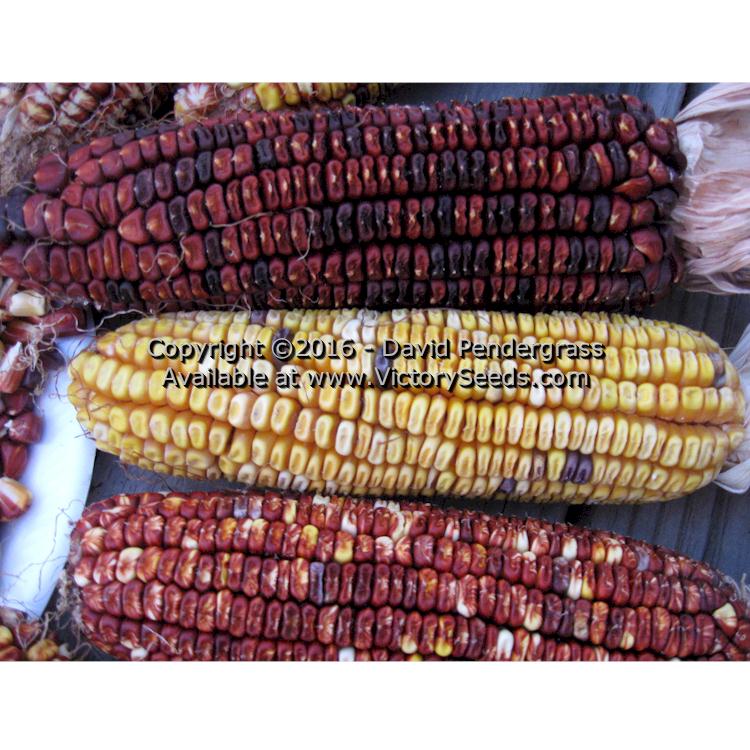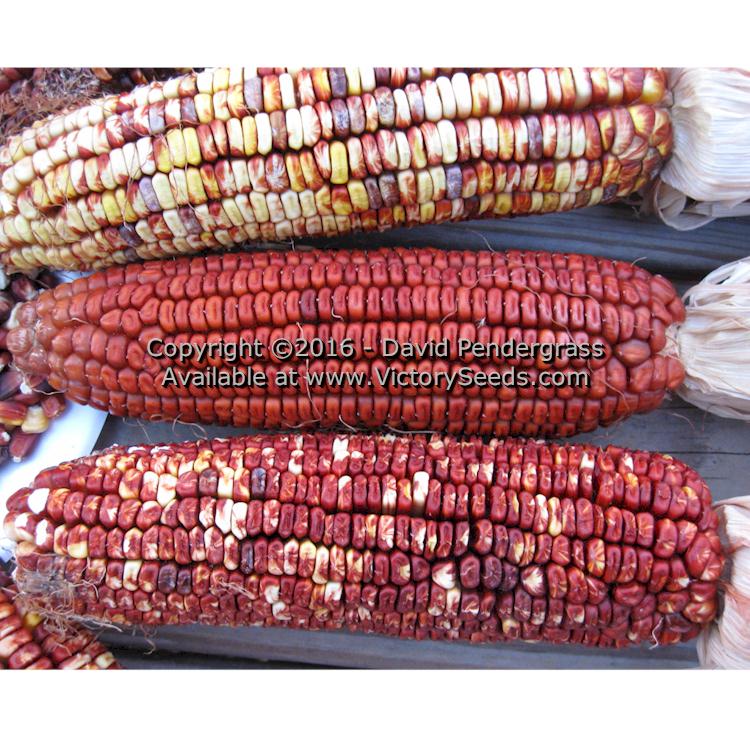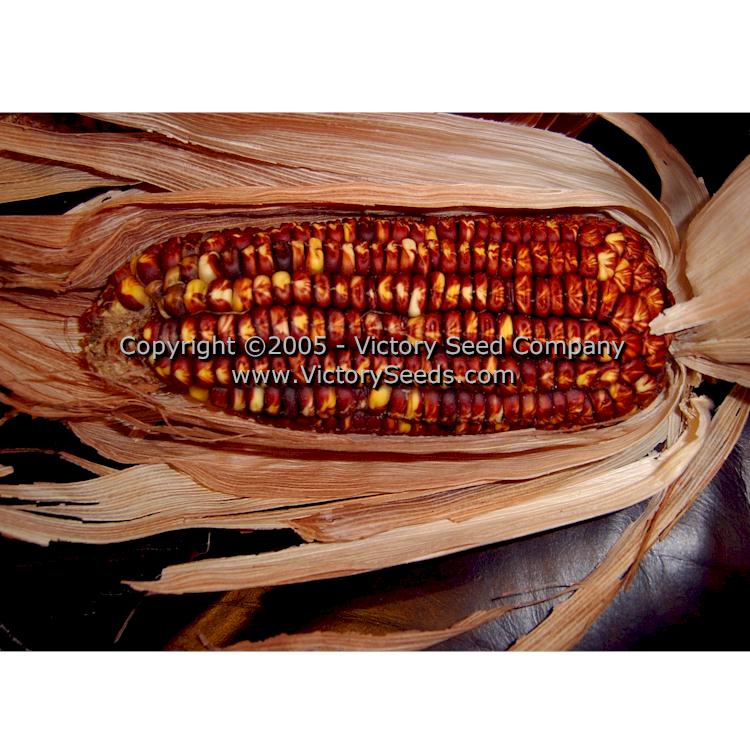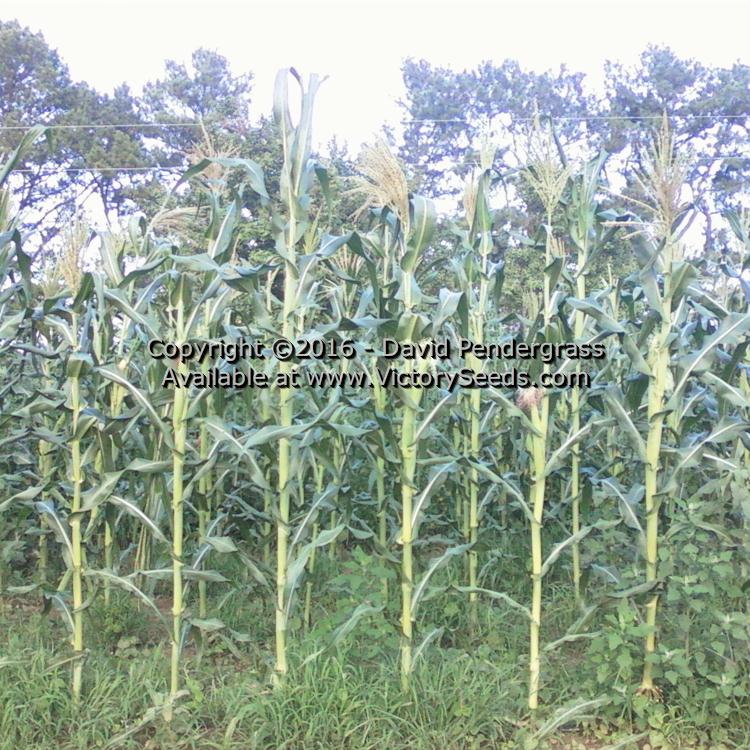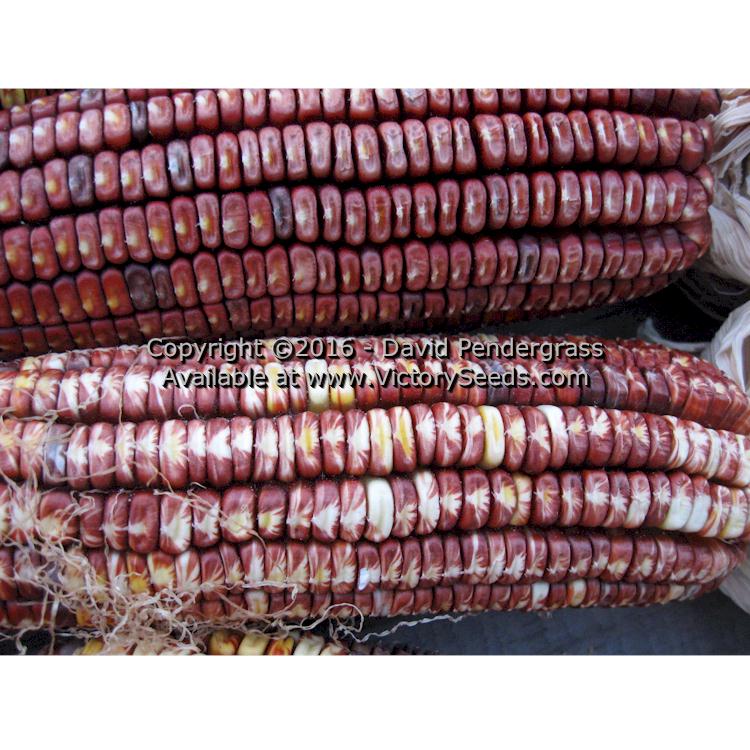Petmecky Flint / Flour Corn
Petmecky Flint / Flour Corn
Regular price
$3.49 USD
Regular price
Sale price
$3.49 USD
Unit price
per
Shipping calculated at checkout.
Couldn't load pickup availability
NOTE: Due to health reasons, David is no longer able to grow this for us. If you live in a Southern location with a long growing season, are experienced at producing corn for seed, and are interested in "adopting" this variety as our grower, please contact us at staff@victoryseeds.com for more information.
Petmecky
Another example of our core mission in action.
Flint / Flour Corn
A 2017 Victory Seed Company Introduction
95 days — 'Petmecky' is an old grain corn that was raised for sustenance. Although it can be harvested young and eaten as roasting ears, it is generally allowed to mature on the stalks, dry down, and then after harvest, stored and ground to make flour and meal. In more recent times, the family sold it locally for its ornamental value as decorations. Its stalks are sturdy, can grow quite tall, and produces ears that are eight inches long with sixteen to eighteen rows of kernels with varying colors.
'Petmecky' corn is another example of the Victory Seed Company's core preservation mission in action and illustrates how it can sometimes take years to get varieties into circulation. Back in 2005, we were contacted via email by a gentleman from Fredericksburg, Texas named C. B. "Hoppy" Hopkins. He told us a sad, yet all too familiar story. Hoppy wrote:
"German settlers came to Fredericksburg, Texas in 1846. Shawnee, Delaware and Cherokee were living in close proximity to Fredericksburg. In 1847 the settlers negotiated a treaty with the Comanche that remains unbroken [to this day]. [Petmecky] Family oral tradition describes that the family were given the seeds by the Indians. (Whether it was from the Delaware that were there, or from the Comanche is not clear.)
The family has planted a large block of it every year since ... until now. The last family member in residence died, there are no heirs interested in farming the 'old home place,' and the place is up for sale. The last crop he planted was left standing in the field. I picked some to save from the bugs/deer, and now what? Would you like to have it? It is a multi-colored 'Indian corn.' This is probably all that remains of the 'Petmecky corn legacy.' I just hate to see it lost to time."
After failing to find any interest from museums and universities, he found us and we accepted the challenge of trying to save this family heirloom with even deeper roots.The family has planted a large block of it every year since ... until now. The last family member in residence died, there are no heirs interested in farming the 'old home place,' and the place is up for sale. The last crop he planted was left standing in the field. I picked some to save from the bugs/deer, and now what? Would you like to have it? It is a multi-colored 'Indian corn.' This is probably all that remains of the 'Petmecky corn legacy.' I just hate to see it lost to time."
The challenge for us is that the growing season in the Northern Willamette Valley of Oregon is different from that of Fredericksburg. The length of our growing season is adequate and we get some pretty hot days. Many corn varieties do well here but 'Petmecky' just grew and grew like there was no tomorrow. As you can see in the picture with our youngest daughter, the stalks reached over twelve feet in height and didn't finally decide to tassel until September.
Needless to say, we did not want to waste any more of this precious seed so it was carefully packed up and stored in a freezer until we found a competent and trusted grower, in a climate zone closer to Texas. Our friend, fellow farmer and seed preservationist, David Pendergrass in Middle Tennessee took on the task of trialing and growing 'Petmecky' out for us. It grew beautifully there and with David's help, we are able to introduce 'Petmecky' corn, for the first time, to gardeners outside of the Petmecky family and outside of the Fredericksburg area. Each ounce contains approximately 85 seeds.
- Rare and in Limited Supply -
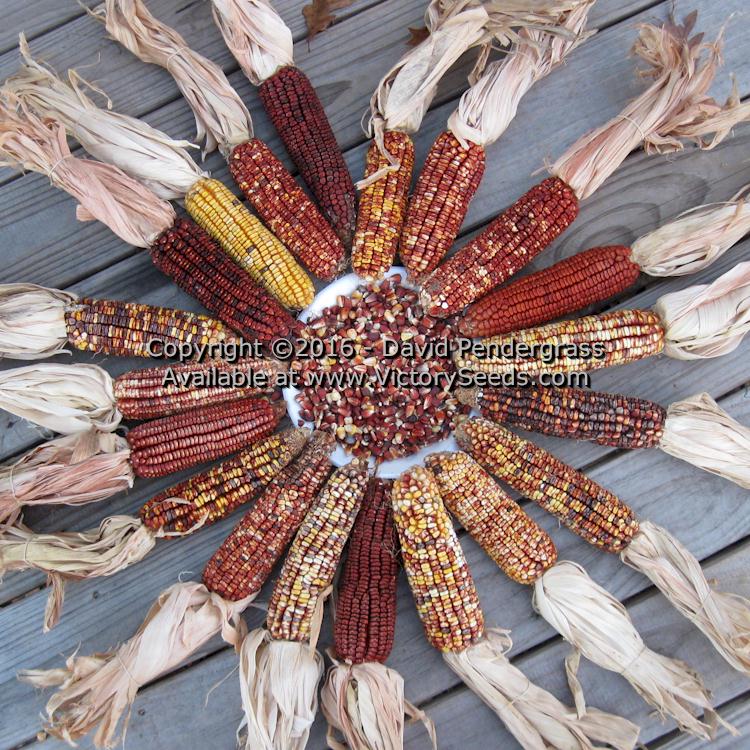
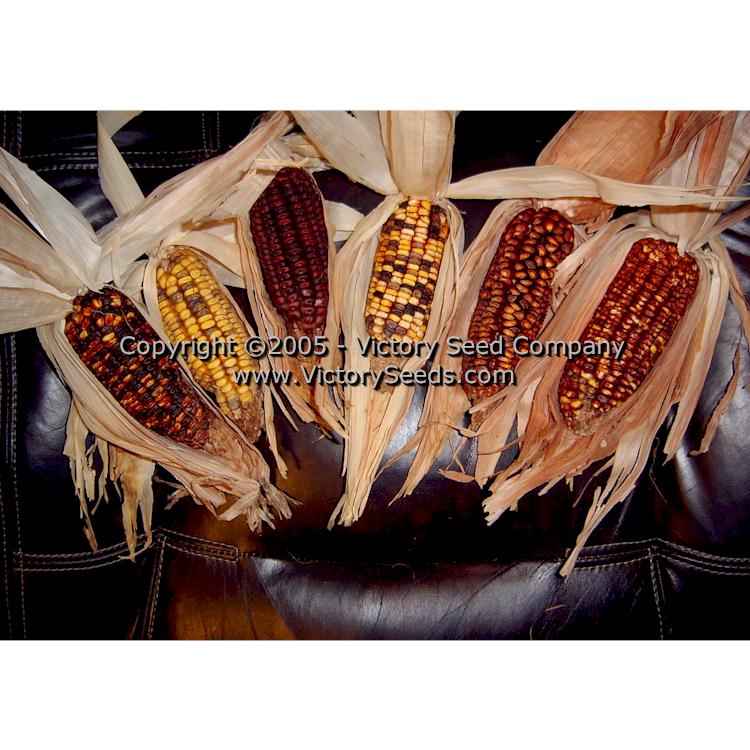
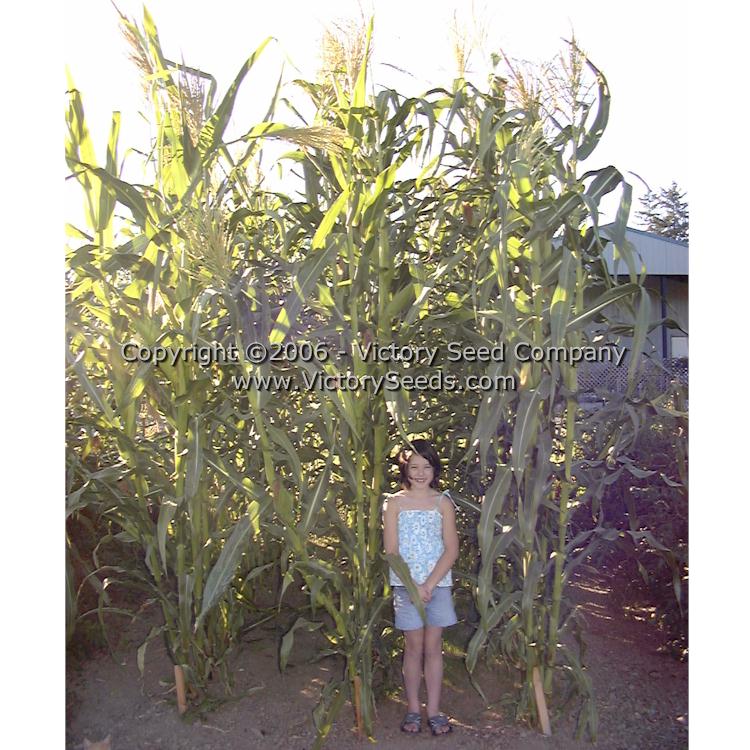
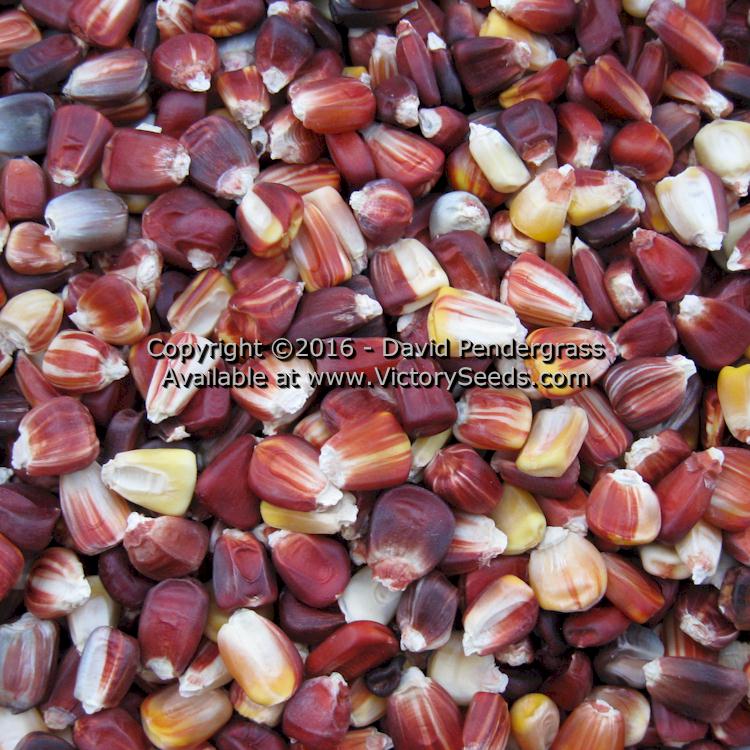
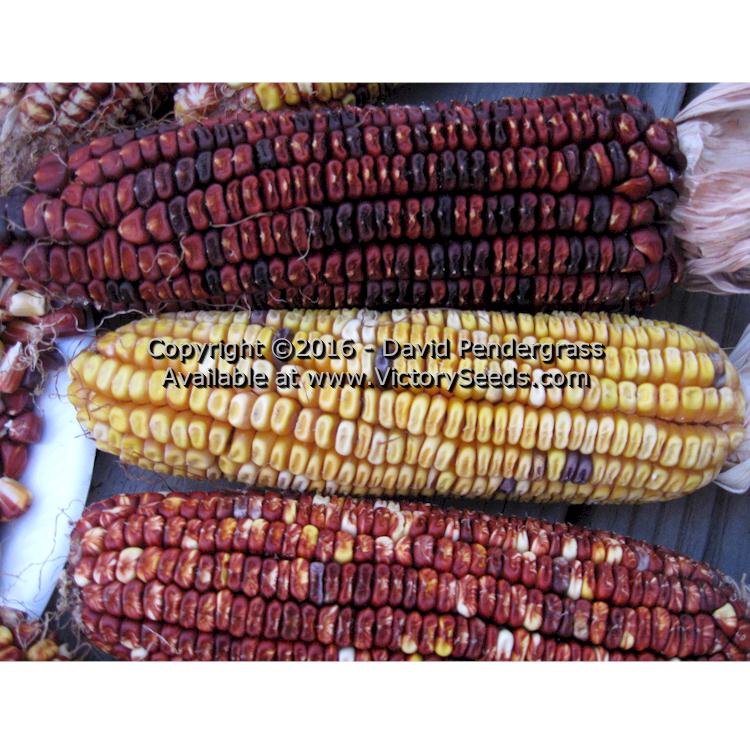
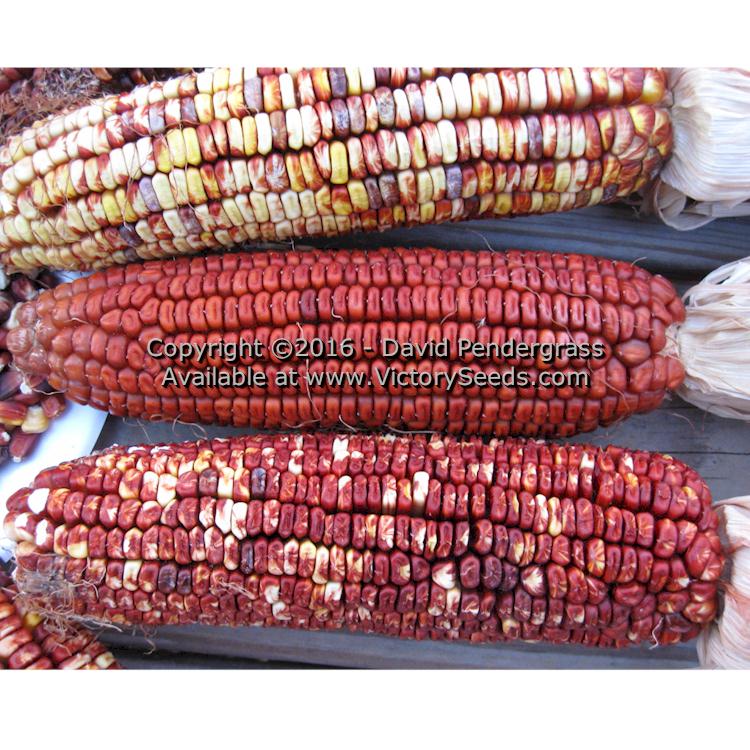

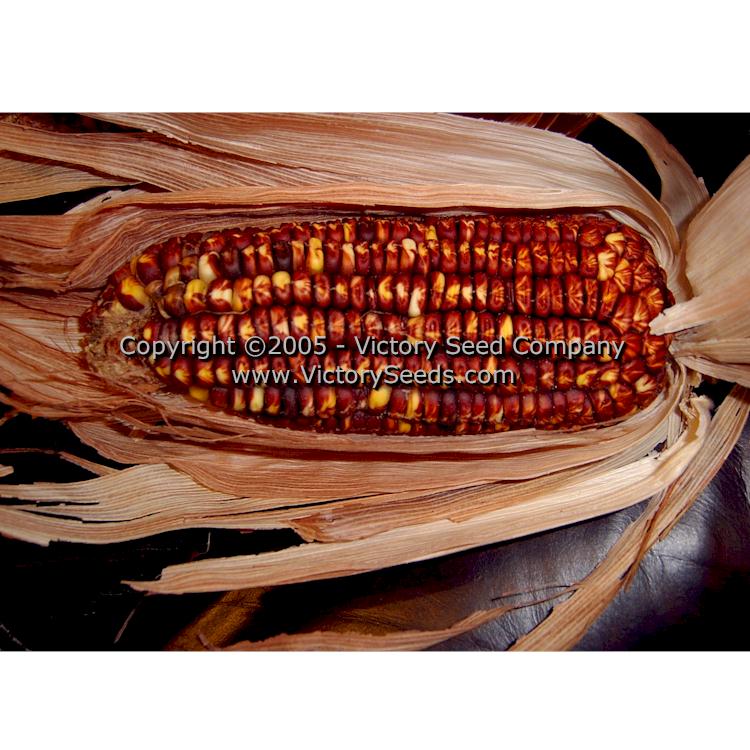
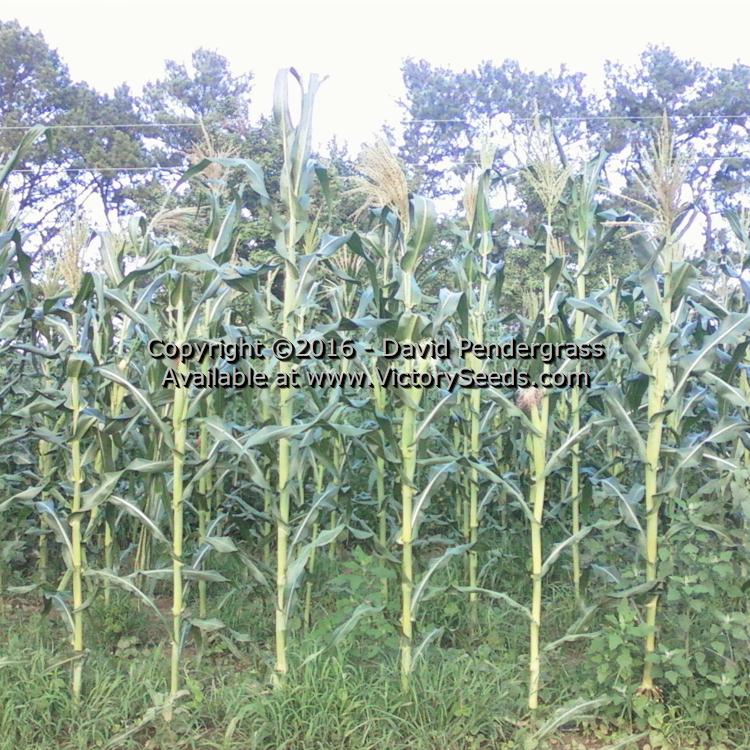
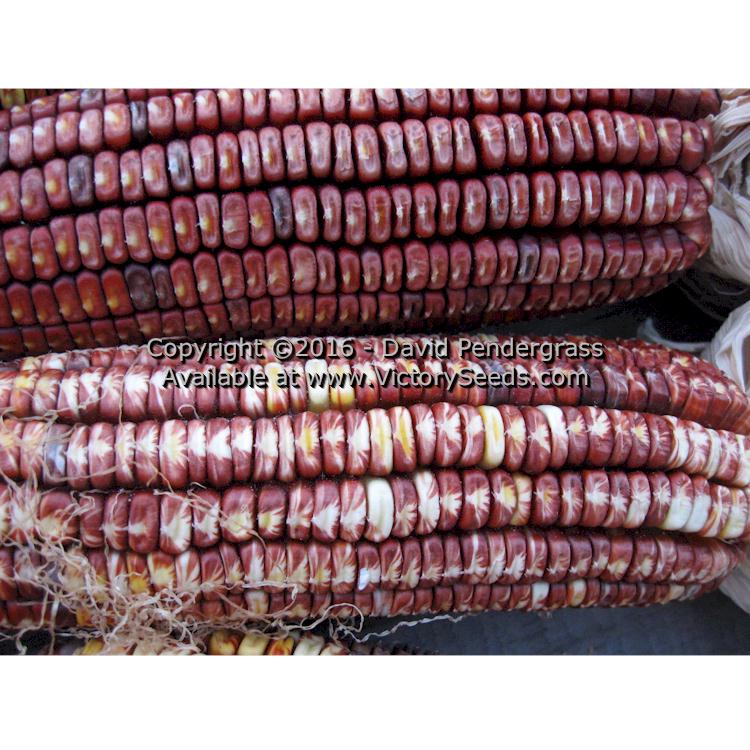
Planting Instructions:
Soil must be at least 65ºF to germinate. Be patient and do not plant too early or you will waste a lot of seed! Plant in full sun and keep it watered. Corn is a wind-pollinated plant. Plant in blocks several rows wide to ensure full ears.
Sow seeds about 1½ to 2½ inch deep, 3 to 4 inches apart, in rows spaced 24 to 30 inches apart. Thin to 6 to 12 inches apart.
Sow seeds about 1½ to 2½ inch deep, 3 to 4 inches apart, in rows spaced 24 to 30 inches apart. Thin to 6 to 12 inches apart.
Informational References:
- Email thread from 2005.
- Letter from Mr. Hopkins.
Explore our vegetable collections:
[ Artichokes | Asparagus | Beans | Beets | Broccoli | Sorghums | Brussels Sprouts | Cabbage | Cantaloupe | Carrots | Cauliflower | Celery | Collard Greens | Corn | Cucumber | Eggplant | Endives | Gourds | Kale | Kohlrabi | Leeks | Lettuce | Mesclun Mix | Mustard Greens | Okra | Onions | Parsley | Edible Pod Peas | Garden Peas | South Peas | Hot Peppers | Mild Peppers | Pumpkins | Radishes | Rapini | Rhubarb | Salad Greens | Salsify | Summer Squash | Winter Squash | Swiss Chard | Tomatillo | Tomatoes | Dwarf Tomato Project | Turnips | Watermelons ]

